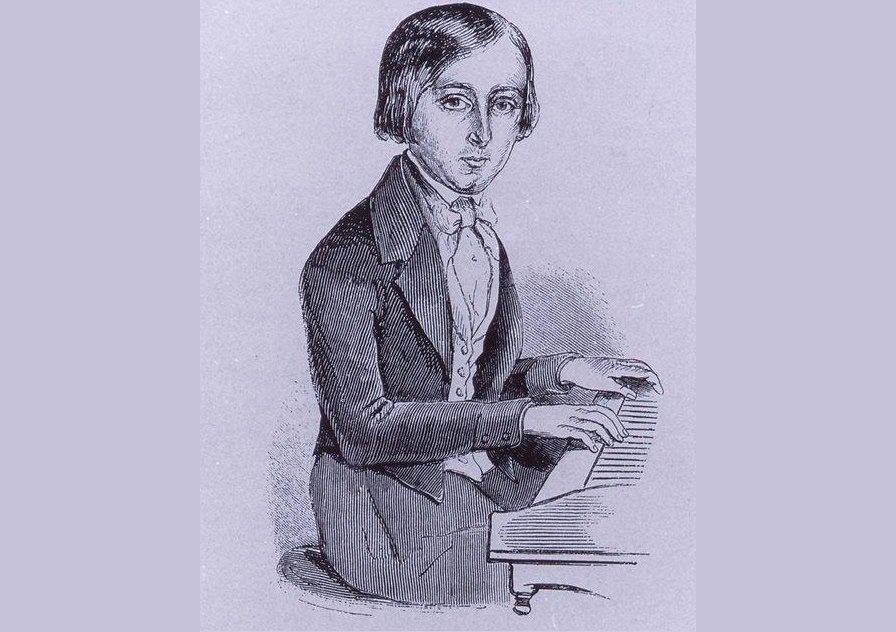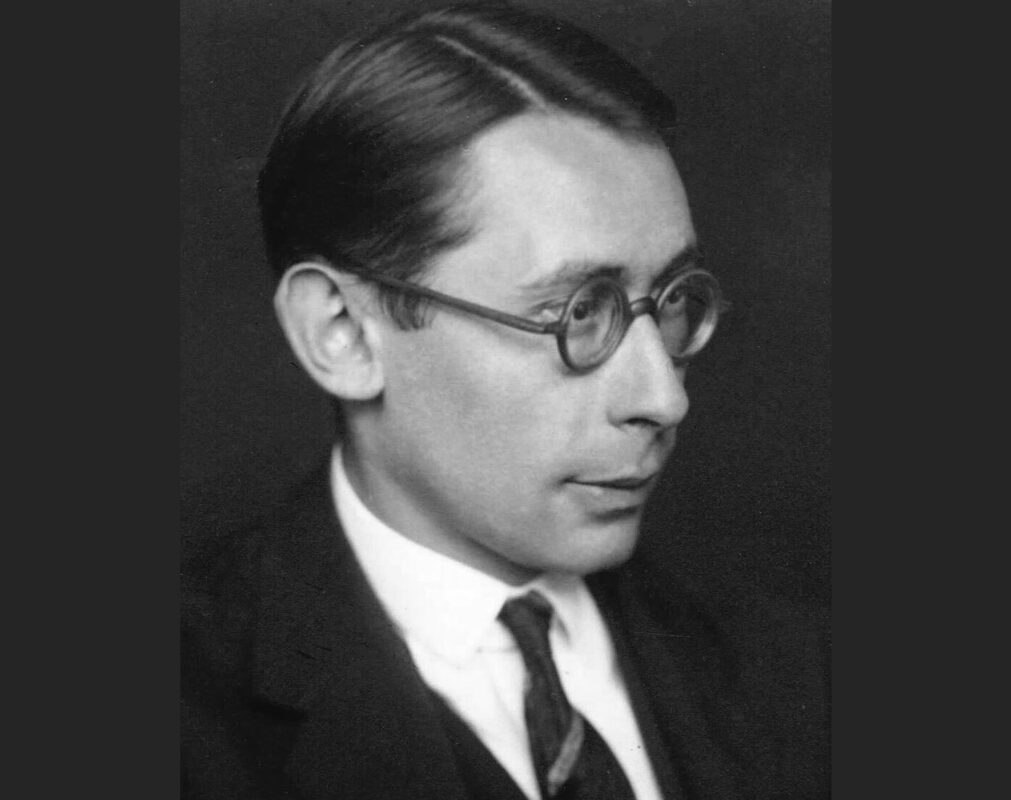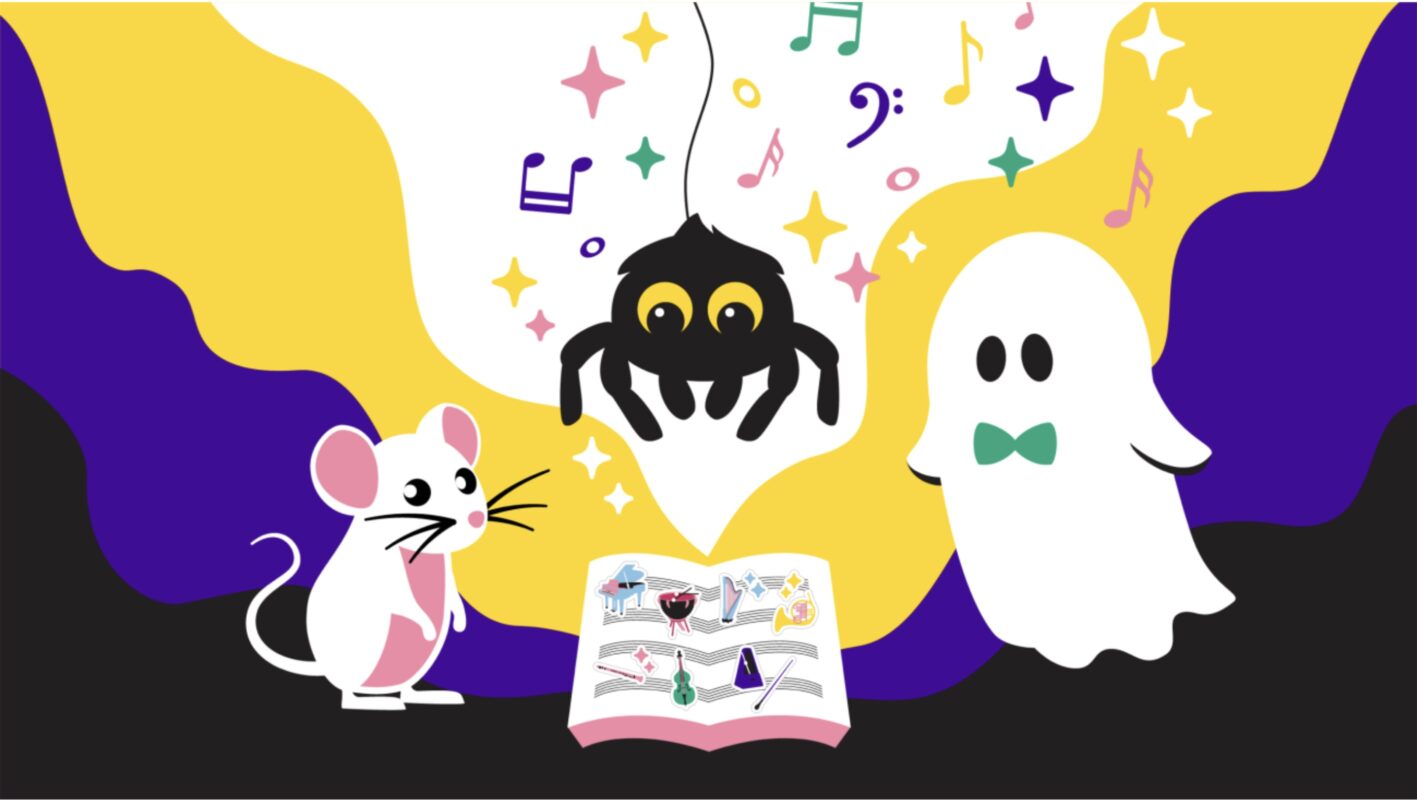Etude cycles by Camille Saint-Saëns
Ultimately, the pieces from Opus 52 and 111 belong more to the rehearsal literature than to the performance literature. There, however, they offer valuable possibilities.

In recent years, the Bärenreiter publishing house has also devoted a great deal of attention to the French piano repertoire. Numerous new editions of works by Debussy, Ravel, Satie, Fauré, Chabrier, Vierne and Camille Saint-Saëns have appeared in rapid succession. The latter's two collections of etudes op. 52 and op. 111 have also recently been published.
Each booklet comprises six completely different numbers, which perhaps refers to Bach's role model, who liked to group his suites together in sets of six. However, with the total number of twelve, Saint-Saëns could also have been inspired by Chopin's Etudes op. 10 or op. 25.
In any case, some of the pianistic tasks are reminiscent of Chopin. There are two etudes in Opus 111 that deal extensively with thirds (diatonic and chromatic/large and small/right and left). Arpeggios, chromatic scales and double stops of various kinds are also omnipresent.
But Bach is also honored. After all, three numbers bear the title "Prélude et fugue". The training of polyphonic playing was obviously also central to the piano virtuoso Saint-Saëns.
The concluding étude of each booklet is somewhat more extended and combines various playing formulas into a longer concert piece. In Opus 52 this is a brilliant waltz, while Opus 111 concludes with a toccata based on the finale of the 5th Piano Concerto (the so-called "Egyptian").
The two collections of etudes are rarely or never heard on concert stages. There are probably reasons for this. Because, with the exception of the two final numbers mentioned, the pieces are not really musically captivating at length. The focus is too much on the purely pianistic. And even the fugues are not really convincing in their academic tone. As practice material for certain technical challenges, however, Saint-Saëns' etudes are a rich treasure trove. Especially No. 2 from the first book (Pour l'indépendance des doigts) offers original and tricky tasks ...
His Etudes op. 135, which deal exclusively with the left hand, should also be mentioned in this context. Editor Catherine Massip has written detailed and readable introductions to all three collections. These deal with the history of the composition, the dedicatees, the interpretation and the reception of the works.
However, if you want to get closer to the composer Saint-Saëns musically, you should perhaps take a closer look at his chamber music.
His Violin- and cello sonatas, but above all his two piano trios op. 18 and op. 92, are real masterpieces that are still underappreciated in our part of the world.
Camille Saint-Saens: Six Etudes pour piano, Premier livre op. 52, edited by Catherine Massip, BA 11854, € 21.95, Bärenreiter, Kassel
Id.: Deuxième livre op. 111, BA 11855








